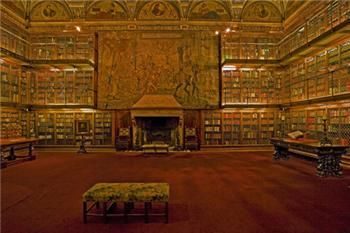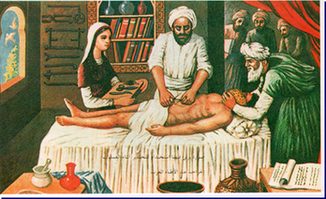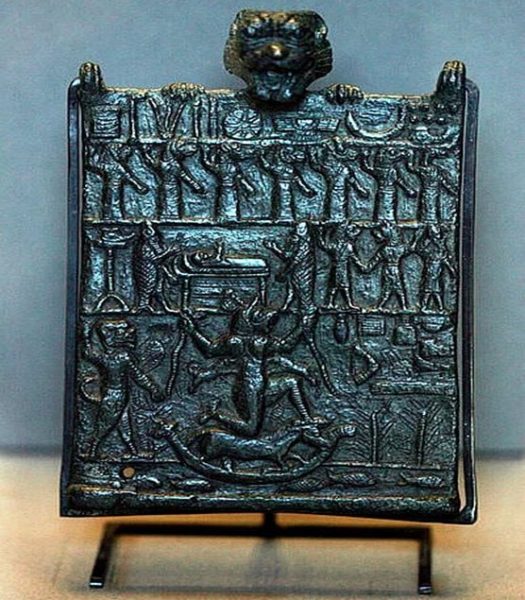
Nestled within the heart of Mesopotamia, the Royal Library of Ashurbanipal stands as a testament to the rich cultural heritage of ancient Assyria.
Housing thousands of clay tablets inscribed with cuneiform texts, this repository of knowledge offers invaluable insights into various aspects of ancient Mesopotamian civilization. In this article, we delve into the history of this illustrious library, its discovery, and the wealth of information it has yielded, shedding light on the mysteries of a bygone era.
Discovery and Location:
The story of the Royal Library of Ashurbanipal begins with the pioneering efforts of Sir Austen Henry Layard, a distinguished British archaeologist of the 19th century. During the 1850s, Layard embarked on an ambitious excavation project sponsored by the British Museum, focusing on the ancient city of Nineveh in present-day northern Iraq.
It was amidst the ruins of Nineveh’s royal palace that Layard stumbled upon the remnants of Ashurbanipal’s grand library.
Situated within the confines of the royal palace, the library comprised two modestly sized chambers adorned with magnificent reliefs depicting the fish god Dagon standing guard.

These chambers, measuring 8m x 6m and 7m x 6m respectively, served as the sanctum where the clay tablets were meticulously stored, preserving the intellectual wealth of Assyria for posterity.
Contents and Significance:
The excavation team, led by Layard, unearthed a treasure trove of more than 30,000 clay tablets along with numerous fragments, each bearing traces of the ancient Akkadian script. These tablets varied in size, ranging from sizable slabs measuring 23cm x 15cm to smaller, convex pieces no more than 2cm in length. Despite their diverse dimensions, these tablets shared a common purpose: to encapsulate the knowledge, beliefs, and cultural practices of ancient Mesopotamia.
The contents of these clay tablets spanned a wide array of subjects, offering glimpses into the multifaceted nature of Assyrian society. From matters of medicine, mythology, and history to religion, magic, science, poetry, and geography, the texts encapsulated the collective wisdom of a civilization that thrived millennia ago. Scholars and researchers have tirelessly deciphered these texts, piecing together the puzzle of Mesopotamian civilization and enriching our understanding of human history.
Legacy and Preservation:
Today, the artifacts unearthed from Ashurbanipal’s library find a new home at the British Museum, where they continue to captivate visitors with their timeless allure.

These relics serve as tangible links to a distant past, offering a glimpse into the lives and minds of ancient Assyrians. Through meticulous preservation efforts, the British Museum ensures that Ashurbanipal’s legacy endures, allowing future generations to marvel at the wonders of Mesopotamian civilization.
Conclusion:
The Royal Library of Ashurbanipal stands as a testament to the enduring legacy of ancient Mesopotamia, offering a window into a bygone era of human history.

From its humble beginnings within the walls of Nineveh’s royal palace to its current residence at the British Museum, this repository of knowledge continues to inspire awe and fascination. As we unravel the secrets encoded within its clay tablets, we embark on a journey of discovery, exploring the depths of Mesopotamian civilization and gaining invaluable insights into the tapestry of human culture.





